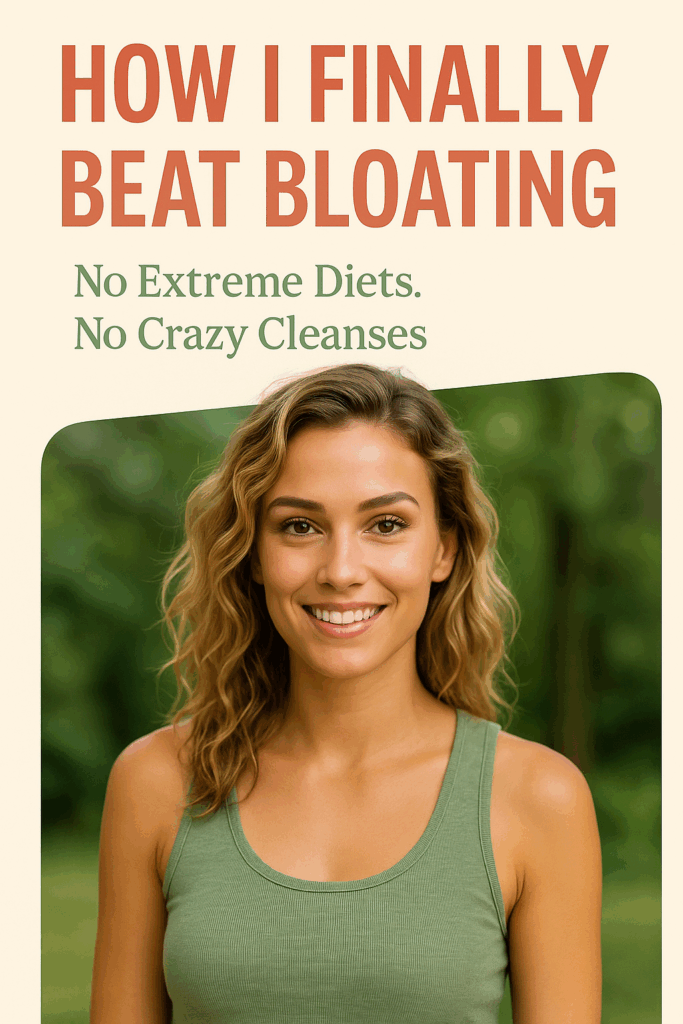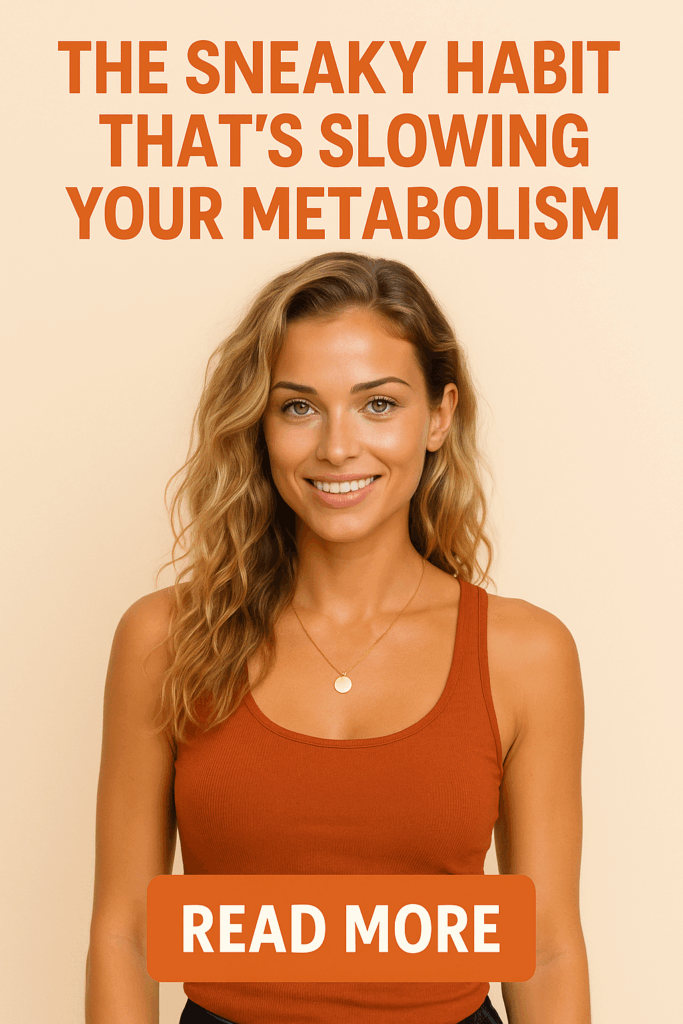Feeling overwhelmed by the weight of daily life is something many of us experience, especially after crossing the 30-year mark. Work, family obligations, and societal expectations can pile up, leaving us feeling stressed and drained. But what if I told you that a simple practice could help? Enter breathing exercises. Today, I’m sharing my journey with breathing techniques and how they transformed my approach to stress management.

Hi, I’m Zara — fitness junkie, wellness nerd, and the voice behind FitByZara.com. This site is all about smart fitness and science-backed wellness tips for real women who want to feel their best.
Table of Contents
3-Day Energy & Metabolism Reset
Grab the 3-Day Energy & Metabolism Reset — a quick-start guide to feel lighter, more energized, and back in control.

Where should I send your free reset guide?
1. Understanding Stress
2. The Power of Breath
3. My Journey with Breathing Exercises
– *The First Steps*
– *Finding My Favorites*
4. Types of Breathing Exercises
– *Diaphragmatic Breathing*
– *Box Breathing*
– *4-7-8 Breathing*
5. Daily Routine Integration
6. Benefits Beyond Stress Relief
7. Tips for Getting Started
8. Zara Says
9. Conclusion
—
1. Understanding Stress
Stress is a natural response to challenges and demands in our lives. It can motivate us to perform better, but when it becomes chronic, it takes a toll.
Common Symptoms of Stress:
- Fatigue
- Irritability
- Difficulty concentrating
- Sleep disturbances
- Physical tension (e.g., headaches, muscle tightness)
If you’re nodding your head in agreement, you’re not alone. Many women 30+ juggle multiple roles, leading to stress becoming a regular part of life.
—
2. The Power of Breath
Breathing is something we do unconsciously, but when we bring awareness to it, we unlock its potential to influence our well-being. Breath is a natural tool for relaxation, focus, and grounding.
Why Focus on Breath?
- Calms the nervous system: Slowing your breath can activate the body’s relaxation response.
- Improves focus: Mindful breathing helps clear mental clutter.
- Enhances physical health: Proper breathing techniques can improve oxygen flow and energy levels.
—
3. My Journey with Breathing Exercises
The First Steps
My journey began during a particularly stressful period when I felt like I was drowning in responsibilities. After reading about the benefits of breathing exercises, I decided to give it a shot. Here’s what I learned:
- Start Small: I began with just 5 minutes a day.
- Create a Calm Environment: I found a quiet corner with soft lighting and minimal distractions.
- Stay Consistent: I set a reminder on my phone to make it part of my daily routine.
Finding My Favorites
Not all breathing exercises are created equal. I experimented with different techniques to see what resonated most with me.
—
4. Types of Breathing Exercises
Here are some breathing techniques that helped me manage stress effectively.
Diaphragmatic Breathing
This technique involves engaging the diaphragm, which allows for deeper breaths.
- How to Do It:
1. Sit or lie down comfortably.
2. Place one hand on your chest and the other on your belly.
3. Inhale deeply through your nose, focusing on expanding your belly rather than your chest.
4. Exhale slowly through your mouth.
Box Breathing
Perfect for grounding yourself, box breathing follows a simple pattern.
- How to Do It:
1. Inhale for 4 counts.
2. Hold your breath for 4 counts.
3. Exhale for 4 counts.
4. Hold your breath again for 4 counts.
- Repeat for 4-5 cycles.
4-7-8 Breathing
This technique is great for relaxation, especially if you’re winding down for the day.
- How to Do It:
1. Inhale through your nose for 4 counts.
2. Hold your breath for 7 counts.
3. Exhale through your mouth for 8 counts.
- Repeat this cycle 4 times.
—
5. Daily Routine Integration
Incorporating breathing exercises into your daily routine doesn’t have to be daunting. Here’s a mini checklist to help you:
Mini Checklist for Daily Breathing Practice:
- [ ] Choose a specific time (morning, lunch break, or before bed).
- [ ] Set a timer for 5-10 minutes.
- [ ] Use a calming playlist or nature sounds if it helps you relax.
- [ ] Keep a journal to track your feelings before and after.
—
6. Benefits Beyond Stress Relief
Once I got into the groove, I noticed additional benefits that surprised me:
- Improved Sleep: Focusing on my breath before bedtime helped me fall asleep faster.
- Increased Energy: Deep breathing invigorated my body, making me feel more awake.
- Enhanced Mood: Regular practice uplifted my overall mood, making me more resilient to daily stressors.
—
7. Tips for Getting Started
Ready to embark on your own breathing exercise journey? Here are some tips to help you along the way:
- Be Patient: Results may not come overnight. Consistency is key.
- Experiment: Try different techniques and find what feels best for you.
- Join a Class: If you prefer structure, consider joining a yoga or meditation class that focuses on breathwork.
- Use Apps: There are plenty of apps designed to guide you through breathing exercises—find one that resonates with you.
—
8. Zara Says
“Breathing is the simplest, most powerful tool we have for managing stress. When I found my breath, I found my calm.”
—
9. Conclusion
Breathing exercises have not only helped me manage stress but have also enriched my overall well-being. As women navigating the complexities of life after 30, we owe it to ourselves to prioritize self-care and explore tools that empower us.
So, take a moment, breathe, and explore the transformative power of your breath. It’s a journey worth taking!
—
Final Thoughts
Now that you know the benefits and approaches to breathing exercises, I encourage you to give it a try. Your breath is your ally—use it to cultivate peace and resilience in your daily life. Ready, set, breathe!
HepatoBurn: Gentle Support for Steadier Days
When you’re stacking real habits—protein-forward meals, steps, and 7–9 hours of sleep—HepatoBurn is a simple add-on that supports the system behind energy, appetite, and metabolic rhythm.
Why Women 30+ Use It
- Pairs with an already-solid routine—no jitters, no crash.
- Easy to remember: 2 capsules with meals.
- Plays well with protein, walking, and strength training.
How to Use
- Timing: Breakfast & lunch are easy wins.
- Consistency: Use daily for a fair assessment.
- Stacks: Protein-first plates, post-meal walks, lights-down wind-down.
What It Isn’t
- Not a stimulant and not a magic fix.
- Best used alongside habits you’ll actually keep.
- Educational only—talk to your provider before new supplements.
Important: Educational only, not medical advice. Supplements don’t diagnose, treat, cure, or prevent diseases. Talk to your provider before changes to diet, exercise, or supplements.






















